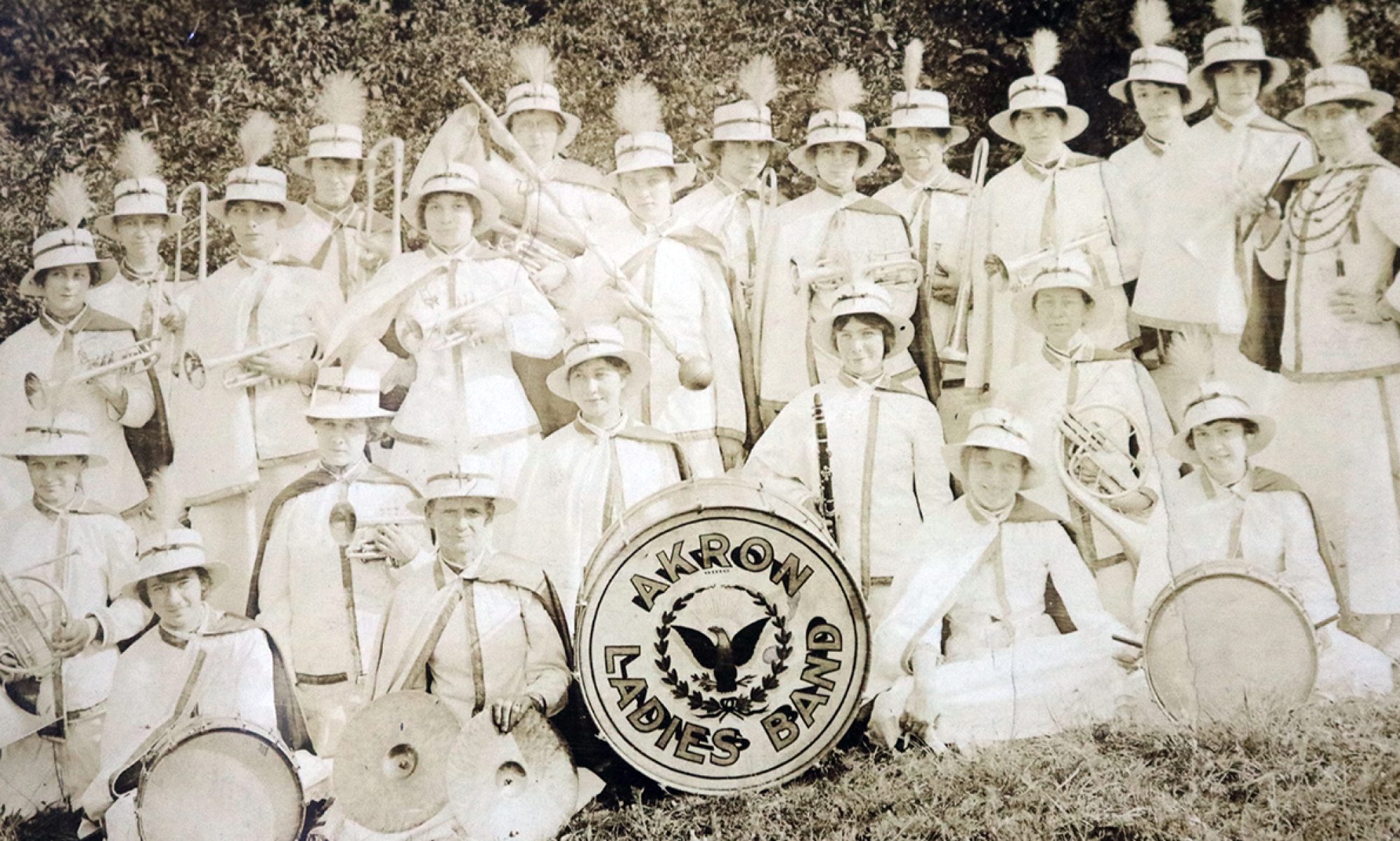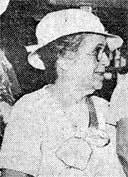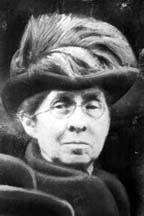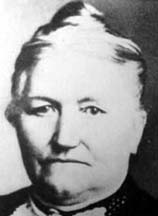
Marie Ellene Seibel Olin, the “adopted mother” of the Buchtel College campus (now The University of Akron), was also an active member of many community and religious organizations in Akron.
She was born in Cleveland but grew up in Mantua, Ohio. She was the daughter of Mary Ann Johnson and Charles M. Seibel, who was the earliest music teacher in Mantua. She graduated from Kent High School, where she met Oscar E. Olin. They married March 21, 1878.
Both had teaching in their blood. When they moved to Kansas, she taught there for three years while he worked as head of the English department at the Kansas State Agricultural College. When they came to Akron, he was the head of the philosophy department and later vice president of faculty for Buchtel College. Oscar was so well liked among students that he was nicknamed “Daddy” Olin. It was only natural that students, faculty and the Akron community would see his wife as the mother of the campus. He and his wife had two daughters, Charlotta and Esther, who both became teachers. The family lived at 433 Carroll Street.
Theirs was an “Akron-minded family,” the Akron Alumnusmagazine said. They were active in the First Universalist Church. She was involved in the Women’s Universalist Missionary Association along with Grace Olin, who was married to Charles Olin, a cousin of Oscar’s.
Marie Olin was also a member of the Woman’s Christian Temperance Union.
From 1910 to 1912, she was president of the Akron Federation of Women’s Clubs. She was also the president of many other organizations, including the Cuyahoga Portage Chapter of the Daughters of the American Revolution, the New Century Club (1915-1916), and the Home and School League (1916-1917). She helped Blanche Carnahan Seiberling organize the Home and School League.
She was named an honorary member of the New Century Club and was a member of the Summit County Woman’s Suffrage Association.
Olin died on June 18, 1931, in the same Mantua house that she grew up in.
Photo courtesy of The University of Akron Archives.
–Stephanie Devers







